Deep Pixelation
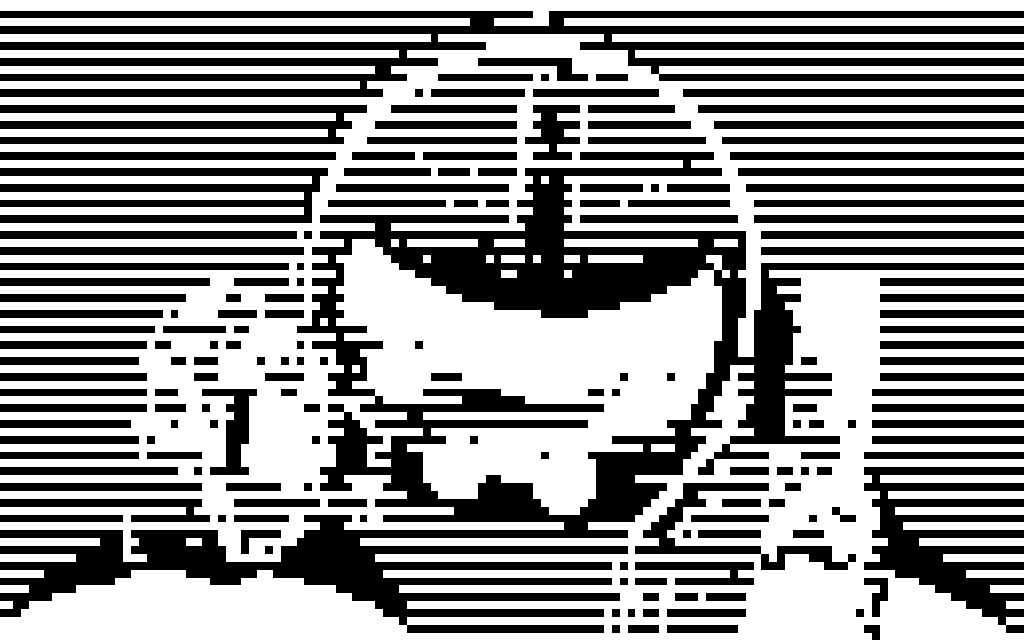
A visual style with an overwhelming digital look.
This post is not a full presentation but a small initial reference to one of the design methods I experimented with this year. Being abstract by nature it evolves, and it can be combined with other design practices with interesting but most importantly, unexpected results.
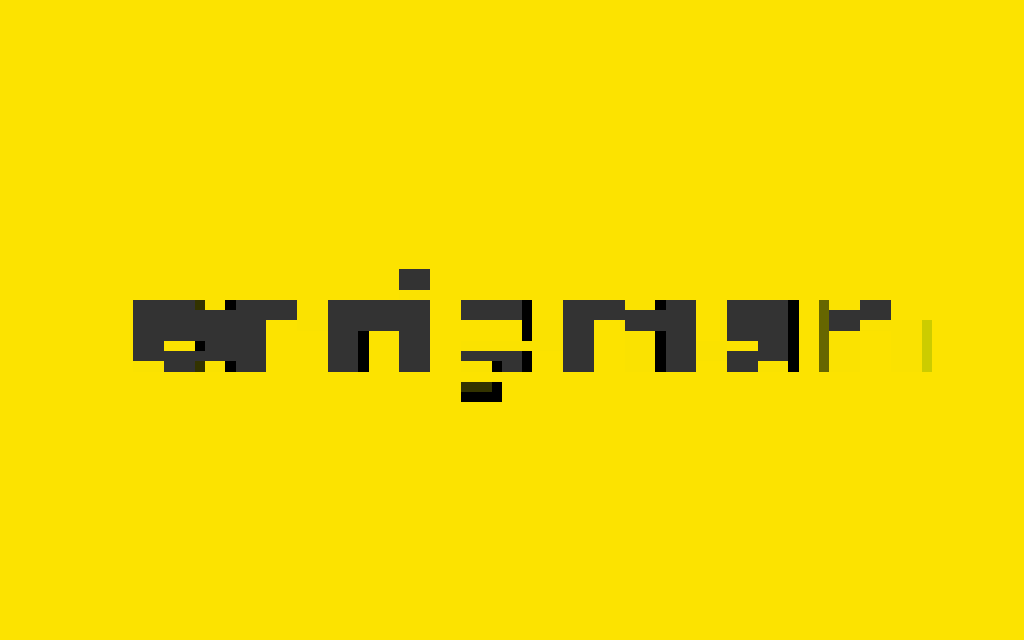
Introduce a little anarchy
It is a simple, or even simplistic idea. Use destructive pixelation, pixel re-arrange and editing filters, randomly and repeatedly applied in order to convert an initial image to many variations of unpredictable forms and elements. A fundamental aspect is to ignore completely the resolution, quality or consistency of the outcome. The only thing that matters is originality even though a very thin overall consistency is created macroscopically through the nature of the method.
The large quantity of the produced images and the -conscious- complete lack of guidance in the process is what makes the method valuable and the results noteworthy as a set. Interestingly, apart for very rough actions (ex. brightness/hue inverting), almost any attempt for editing or post processing deteriorated the outcome.
What’s the point of this?
Apart from using or enjoying the result as abstract artwork it can also have practical design applications. The oblivious benefit is to use it as a method to collect shapes, forms, combinations of elements and colors that one may have never design manually or intentionally. Another use is to explore or expand ideas and concepts that do not demand legibility, consistency or any kind of structure. It is a liberating form of design.
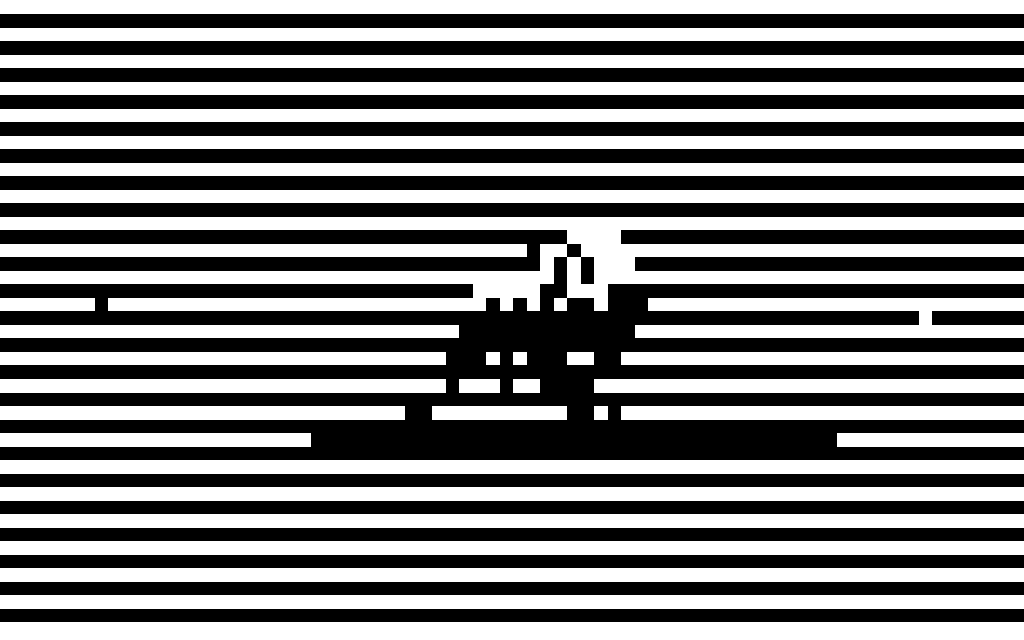
The images presented here are just a few examples from a -necessarily- vast production (Don’t forget that this method is heavily depended on quantity). They may be interesting, beautiful or ugly, meaningful or -usually- completely meaningless but their individual value is mostly irrelevant.
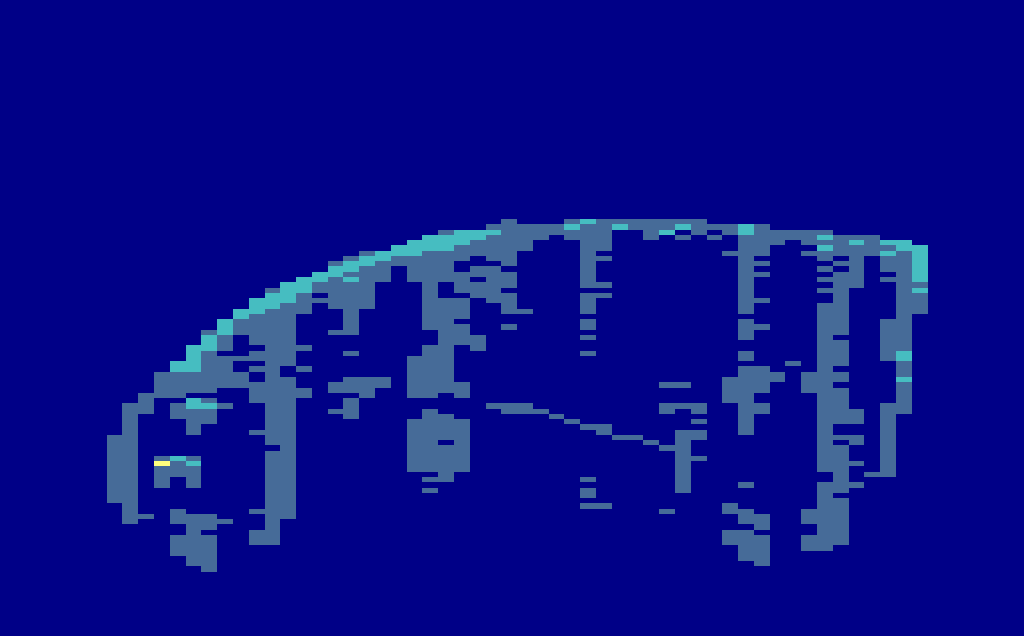
This process of deconstruction is explicitly digital, even when a high resolution (practically analog) initial sample is used. The source may be a simple shape, a typographic element, a detailed 3D render or a high resolution or scanned photo but the outcome is always devoid of any real-life texture. That makes it even more interesting when applied to the physical world. Here are two examples in the most basic form, stickers cut from a simple vinyl sheet.
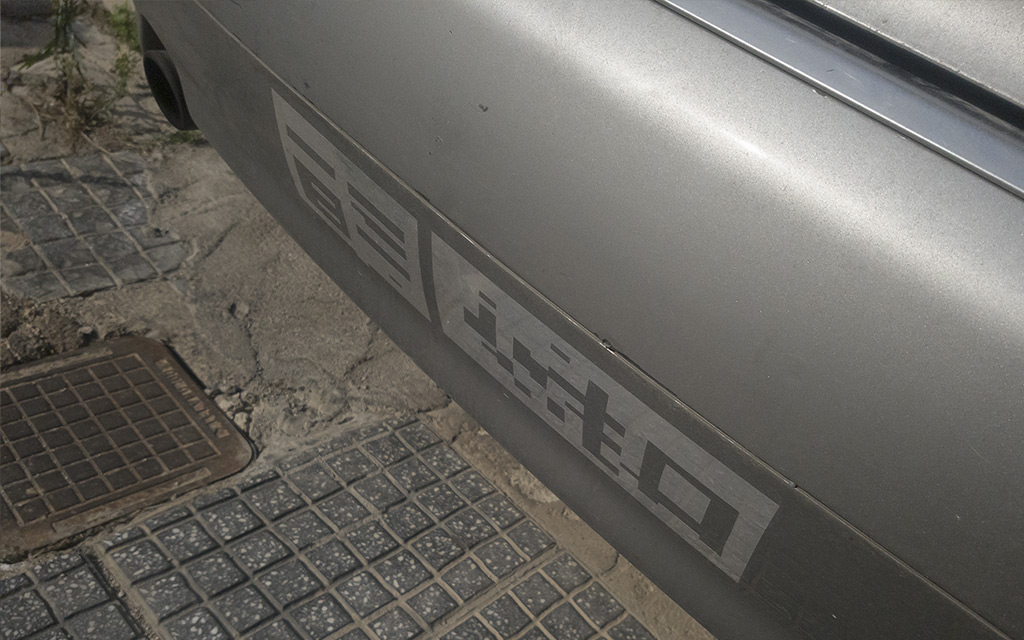
The applications can be as attention grabbing or invisible as needed. These are unnatural and unusual shapes. Any example can be intriguing, annoying or completely invisible depending on the viewer. Many abstract shapes can act as a version of a Rorschach test and this is no exception.
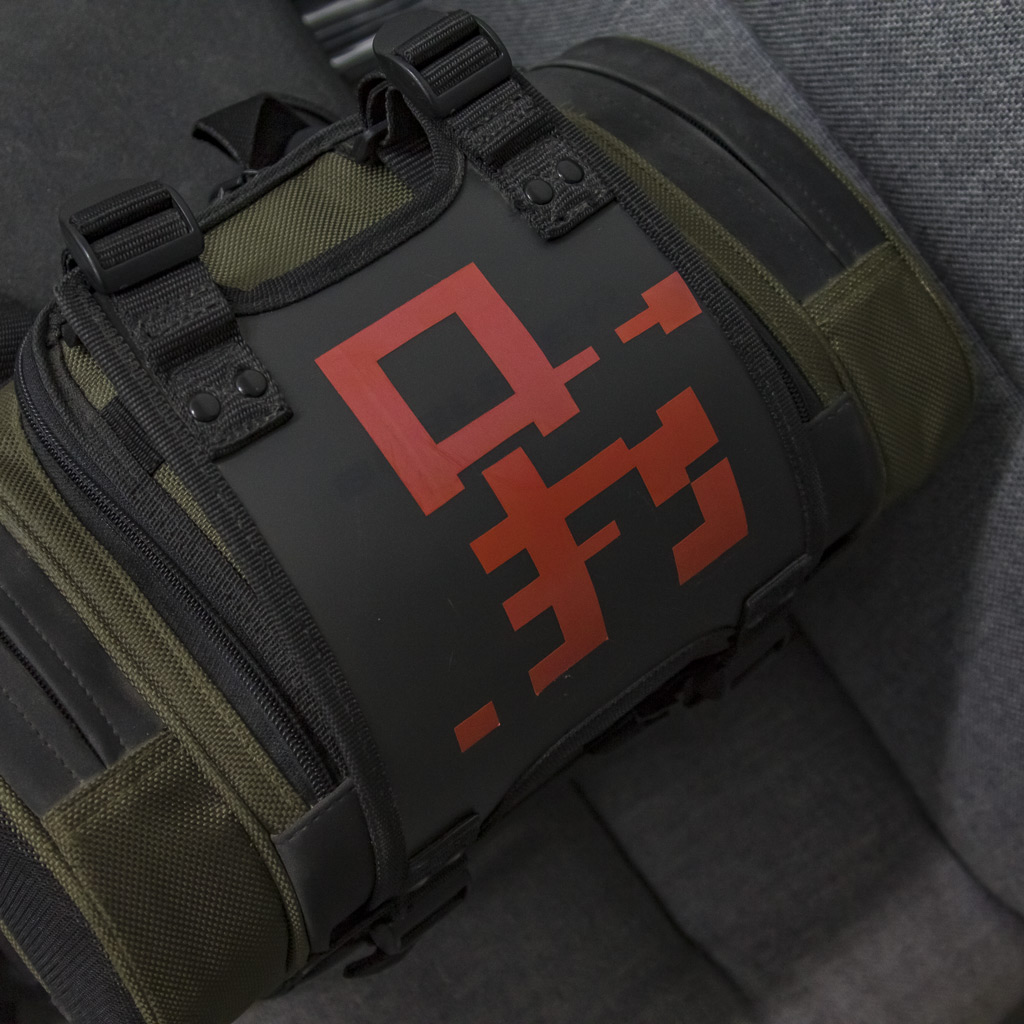
latest blog posts
‘2nd Nature’- photos
A few photos from the exhibition '2nd Nature' by Pieris.Architects and DpS Athens
‘2nd Nature’- landing page design
we designed the landing pages for the exhibition '2nd Nature' by Pieris.Architects and DpS Athens
AUAI – new brand for the organization behind AIhub and Robohub
This is the new logo for the Association for the Understanding of Artificial Intelligence or AUAI, a non-profit dedicated to providing free, high-quality information, direct from AI experts based in the UK.
Wakefield’s – design for a new cookie shop
brief presentation of the work we've done for Wakefields, a new bakery shop specialized on cookies, cookie dough, cookie milkshakes and other similar products.
Pieris family card
This is a very particular project, designing a family card is as personal as it gets.
Starting a small fun daily project!
What’s better than new year’s resolution? Starting a daily project for the new year and beyond !
Thoughts on showcasing work
A collection of thoughts, what to display, how to do it and most importantly why.
Brochure design and product photography for Akron-Hellas
An 8-page brochure , designed on the occasion of AUTO TEC expo